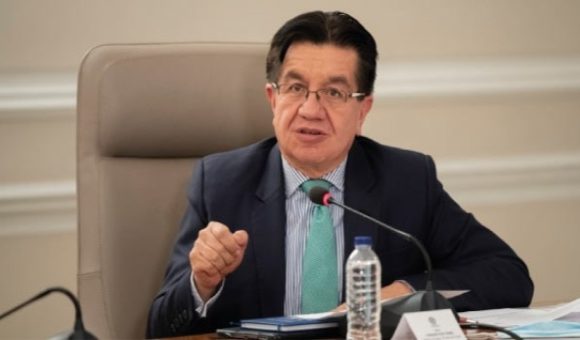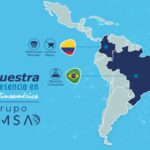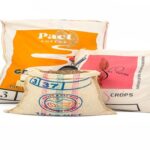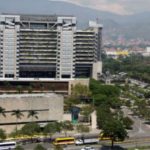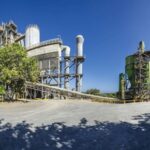Antioquia a Winner in First-Ever International Bond Float for ‘4G’ Highways

A US$260 million bond float successfully organized by U.S.-based Goldman Sachs represents a big boost for Colombia’s massive “fourth generation” (4G) highway construction projects, which aim to overcome decades of logistical isolation from world markets.
According to Colombia President Juan Manuel Santos and the Agencia Nacional de Infraestructura (ANI) highway development agency, the just-completed bond float is a first-of-its-kind event in international finance for Colombian infrastructure projects.
The US$260 million bond issuance will help finance the “first wave” of the “Pacifico 3” portion of the “4G” highways, linking La Pintada (Antioquia) to the neighboring departments of Caldas and Risaralda.
“This is the first time that this [international bond finance] instrument was used to finance an infrastructure project” in Colombia, according to President Santos.
“This means that there is great confidence in what we’re doing in terms of [finance] structure and highway construction — in particular the Fourth Generation concessions,” he added.
According to ANI, “the issuance of these bonds allows for diversification of funding sources and supplements the [financial] instruments that allow the development of such megaprojects, fundamental for the ambitious infrastructure plan by the national government.”
ANI President Luis Fernando Andrade added that the successful bond float was the result of “coordinated government efforts to back viable projects, proper structuring, and successful contractual terms, generating investor confidence.”
Initial construction on the “Pacifico 3” portion of the “4G” highways started October 30, 2015. In total, “Pacifico 3” will require an investment of COP$1.28 trillion (US$370 million), including 146 kilometers of highways, tunnels and bridges, according to ANI

